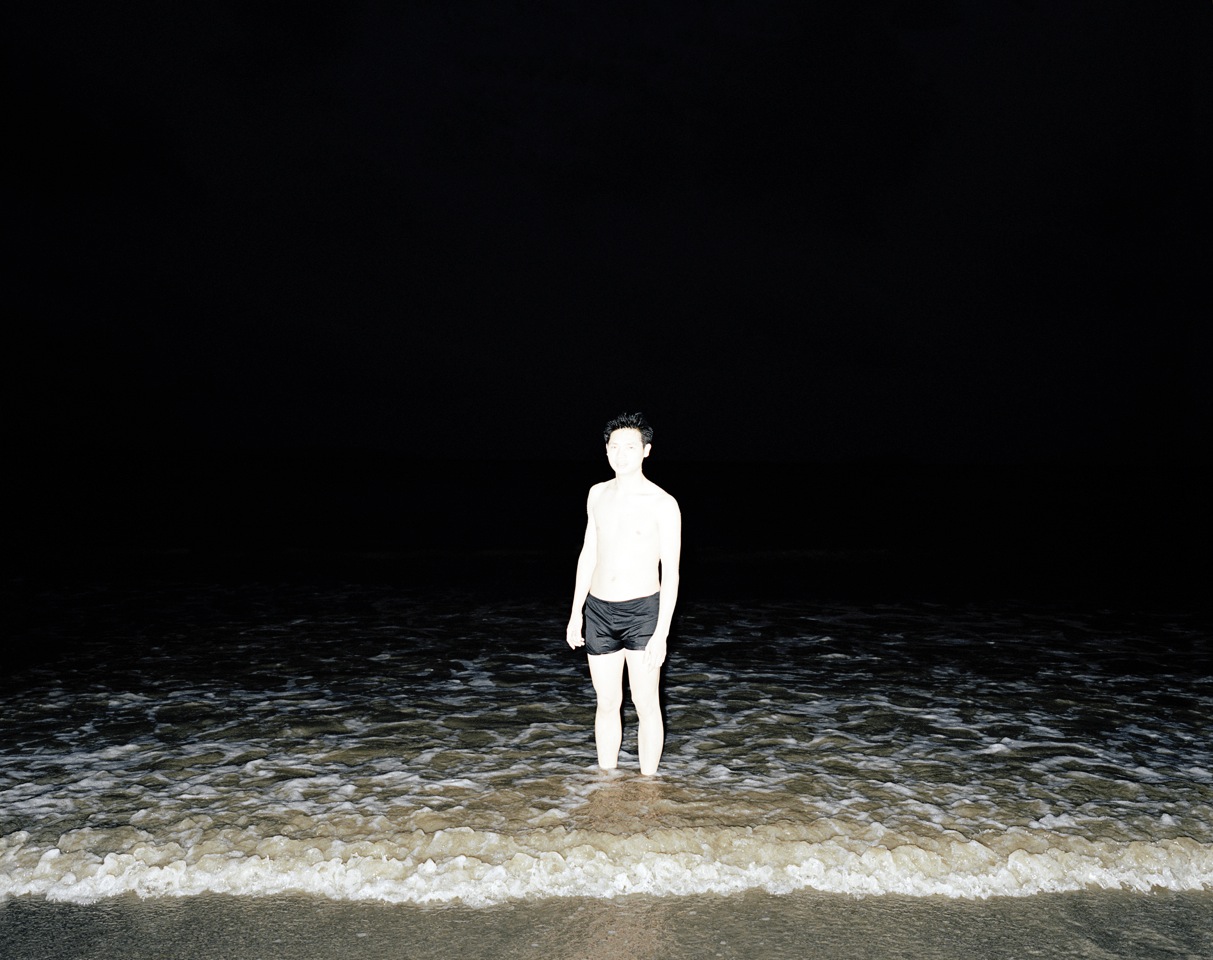
© Edgar Martins
Expositions du 28/1/2017 au 4/6/2017 Terminé
International Arts Centre Jose de Guimarães Av. Conde de Margaride 175 4810535 Guimarães Portugal
Press release - Edgar Martins has developed an authorial path of recognised singularity through a photographic practice rooted in a reflection upon the contemporary regimes of visuality, the use of photography in an institutional context, and how photography relates with our life and death. The exhibition which Edgar Martins now presents at the José de Guimarães International Arts Centre is the culmination of a project prepared over a long period of time which featured two considerably shorter exhibitions in Lisbon, at the MAAT and at Cristina Guerra Contemporary Art. Martins’ research took him to the Archives of the National Institute of Legal Medicine and Forensic Sciences (Portugal), the institution which holds legal jurisdiction over one’s body following death. The resulting visual reflection has resulted in an intense exhibition about the power of the photographic and graphic image to retain the memory of the body, which bridges or is about to bridge the boundary that separates life and death, breathing and ossification. Thus, by using images from the Archive – photos, drawings, and charts, for example – as well as original artworks, the exhibition constructs a unique moment in which we are called to consider photography's role in the intelligibility of death.International Arts Centre Jose de Guimarães Av. Conde de Margaride 175 4810535 Guimarães Portugal
.jpeg)
© Edgar Martins
Produced in collaboration with the Institute of Legal Medicine and Forensic Sciences in Portugal, this project proposes to scrutinize, expose and hold in tension many of the contradictions and problems inherent in the conceptualisation, definition and depiction of death. These intentions will likely collide, overlap and blur, revealing the fragility of our perceptual and cognitive systems.
Photography continues to have a pivotal role in the representation of death and in mediating our relationship to death. However, the media’s inability to deal with this issue beyond the glorification of the gory and the bizarre leads to serious omissions with profound consequences.
This project attempts to understand our relationship to death, particularly violent death (namely suicide), and photography’s role in this process.
The project encompasses the production of new photographic work, following both a speculative and documentary approach, the appropriation of previously unseen archive material such as historical photographs, confidential case and medical files, crime and suicide-scene evidence, photo-installation and projection, whilst tapping into the scholarship of several field experts.


